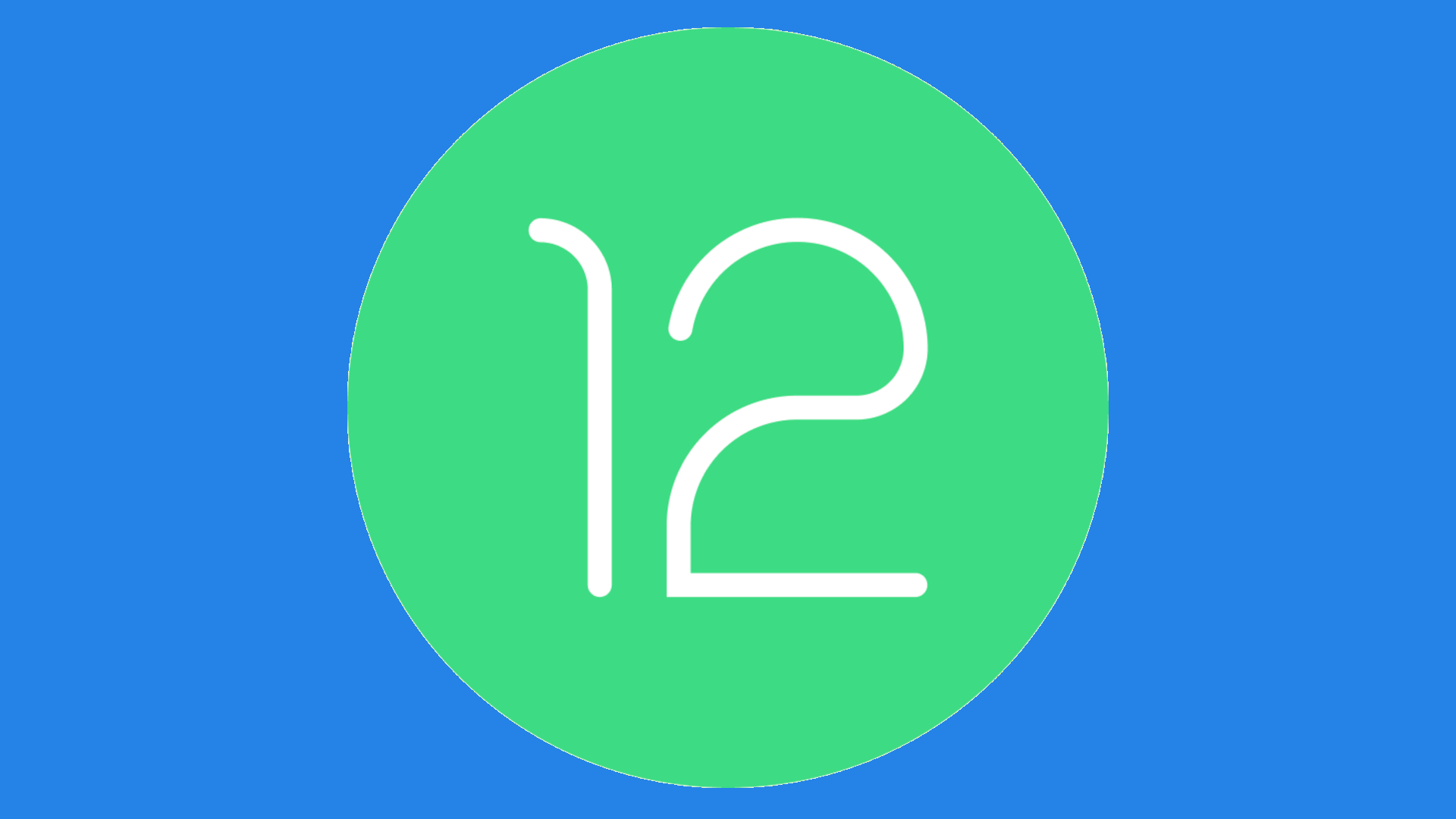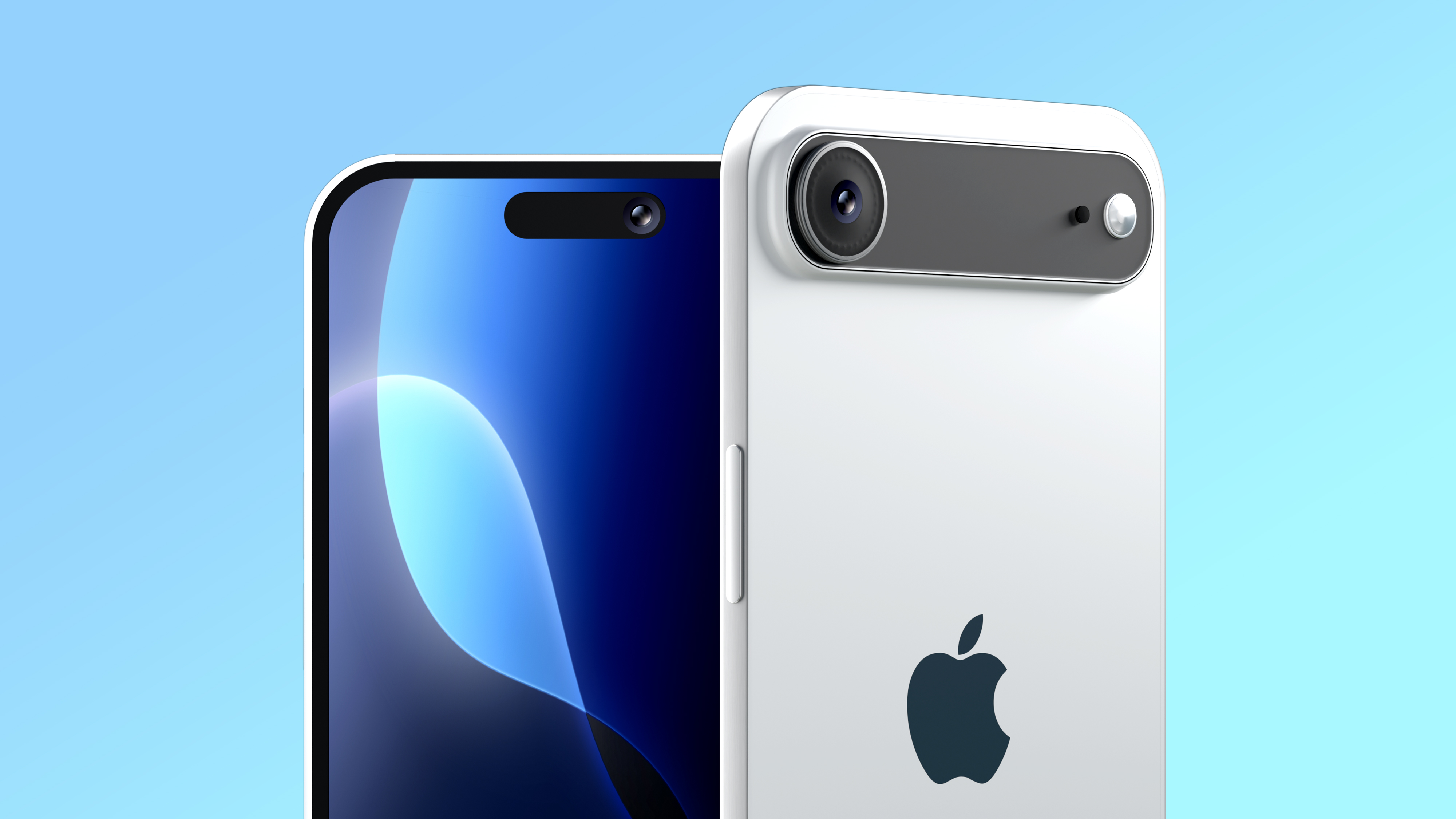Android 12 gestures are finally getting better— here’s how
Android 12 developer preview turns to machine learning to counter accidental swipes

Google first introduced gesture controls to its OS in Android 10, and it’s still facing teething problems with those who choose to use them. Android 12 could fix that.
The most prominent change to Android has been the replacement to the back button: a swipe to the right in a small area on the left of the screen should activate it, but that also happens to be an area often used for other functionality in apps. In other words, while a back swipe might work fine in many apps, in others you’ll likely end up frustrated that you’ve done the wrong thing.
One common example: trying to go back in WhatsApp, but actually quote-replying the message next to the back area instead.
- The best Android phones you can buy today
- How to install Android 12 Developer Preview
- PLUS: iPhone 13 leak reveals this feature is dead — and Samsung is laughing
Mis-swipes are a problem that Google has previously acknowledged, but it seems the company has a new approach to resolving them once and for all. As XDA Developers reports, the developer preview of Android 12 seems to be turning to machine learning to try and instinctively predict a user’s intent causing fewer mistakes.
Developer Quinny899 uncovered a TensorFlow Lite model and vocab file labeled “backgesture”. Within the latter was a list of 43,000 names of Android apps (including two created by Quinny899), and the site suspects that this is a master list of software Google is training its machine learning model against — analyzing user touch to try and establish the start and end point for each swipe to improve performance across the board.
It turns out that this is now mentioned in the EdgeBackGestureHandler class in Android 12’s SystemUI. If enabled, Android 12 uses the machine learning model to predict whether you’re trying to go back or to interact with the app, based on a number of metrics including the start and end points of your gesture and the display width in pixels. If it’s disabled, Android 12 flips back to its familiar, if flawed, method of swipe detection.
Don’t get too excited, though. While it’s clear that Google is continuing to think about the problem of mis-swipes, XDA Developers notes that gesture prediction is disabled by default. It may be that user testing has proved that rather than improving things, all this data ended up making swiping back all the more fussy and inconsistent. We should have a better idea in a few months’ time when Android 12 is stable enough to reach the public beta stage — when the software is opened up beyond the developer community and to curious Android users around the world.
Sign up to get the BEST of Tom's Guide direct to your inbox.
Get instant access to breaking news, the hottest reviews, great deals and helpful tips.
Freelance contributor Alan has been writing about tech for over a decade, covering phones, drones and everything in between. Previously Deputy Editor of tech site Alphr, his words are found all over the web and in the occasional magazine too. When not weighing up the pros and cons of the latest smartwatch, you'll probably find him tackling his ever-growing games backlog. Or, more likely, playing Spelunky for the millionth time.

